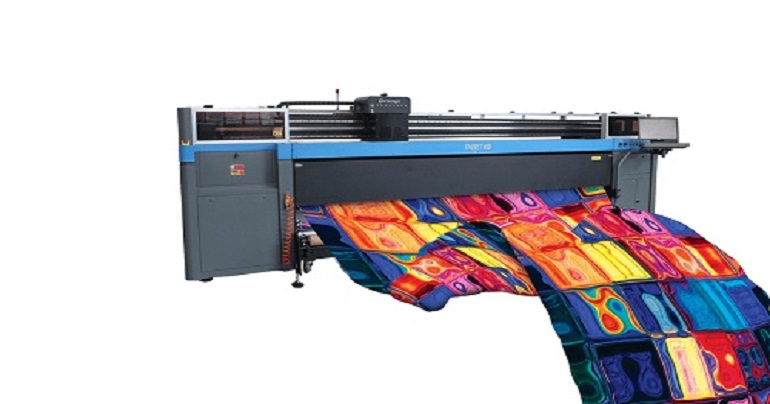If you’re wondering about how digital silk printing works, you’ll want to know about the four main types of silk materials used in this type of printing. There are four distinct types of silk fabrics that can be reproduced through inkjet printing. They are Fine Silk, Semi-Preferable Silk, Regular Silk, and Egyptian Silk. These four types of silk are used in inkjet printing on fabric. Let’s take a look at each type and learn more about the process of digital silk printing on fabric.
Fine silk is one of the most expensive kinds of silk available. This is because it is the most desired and highest quality. This fabric is valued for its softness and the fact that it ages gracefully. The colors available in this category range from the bright, vivid reds to the muted neutrals of brown and cream. Many fine silk items in the market are antique pieces that collectors love to add to their collections. You can purchase antique reproduction garments or reproductions designed by top designers.
Semi-preferable silk is a popular choice for inkjet printers because of its high print speed. It is also durable and has a high degree of print quality. It may not have as much color options available, but it does offer some. The dyes used in this fabric are derived from synthetic materials such as soybeans. The printout can range from bright, natural colors to the deep, rich shades of red and purple.
Regular silk is a fiber that is processed similar to cotton. It is woven to create a fabric that is both light and strong. In addition to being flexible, it is also stain resistant and resists tears and wear. It does not, however, dye.
Cotton is another popular choice for inkjet printing because of its affordability. It offers good color quality and it is affordable. It also resists fading and mildew. You will find it in a number of clothing items, including dresses and shirts.
This type of printing works better with a cold press technique, which allows more control over the final color outcome. Because it uses heat, silk can be printed on lower quality paper. A disadvantage of digital printing for clothing is that it cannot be used on t-shirts, since the print can fade over time. There is also a shorter life span for the print. Silk, unlike other fabrics, does not have a lot of stretch to it when manufactured.
This type of printing does not use any sort of heat transfer. Instead, the ink is applied using a special dry adhesive. The printout will adhere to the garment at its base. This makes it very easy to use, even for small jobs. Silk is considered a much thicker material than cotton and it will take a few days for the print to show through.
Many companies offer digital garments designed using silk screening technology. You will need to do some research to find the one that offers you the best value. Many businesses use digital printing to make promotional material for their customers. Digital silk screening is one technology that is here to stay.
You can get T-shirts, sweatshirts, jeans, belts, hats, identification tags, and more. The possibilities are endless. There are so many different uses for digital T-shirts. They can be great promotional items for your business, or you can use them to beautify your own clothing items. They can make great stationary, or they can be used to screen family photographs.
When you buy a digital, you can still design them yourself. A screenwriter will be able to provide you with a selection of designs and colors to choose from. You can either use a screenprinting service or you can come up with your own design, using digital pictures to create your custom-made silk T-shirt.
Do you know about embroidery machines? Silk screening is just one part of this popular process. They are also known as screen printers, or silk cutters. Digital printing involves the production of a digital image, printed on a special fabric, using ink rollers, and a press.

